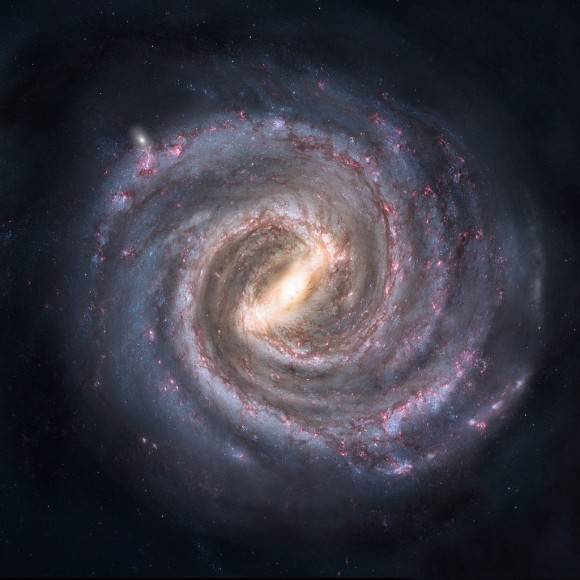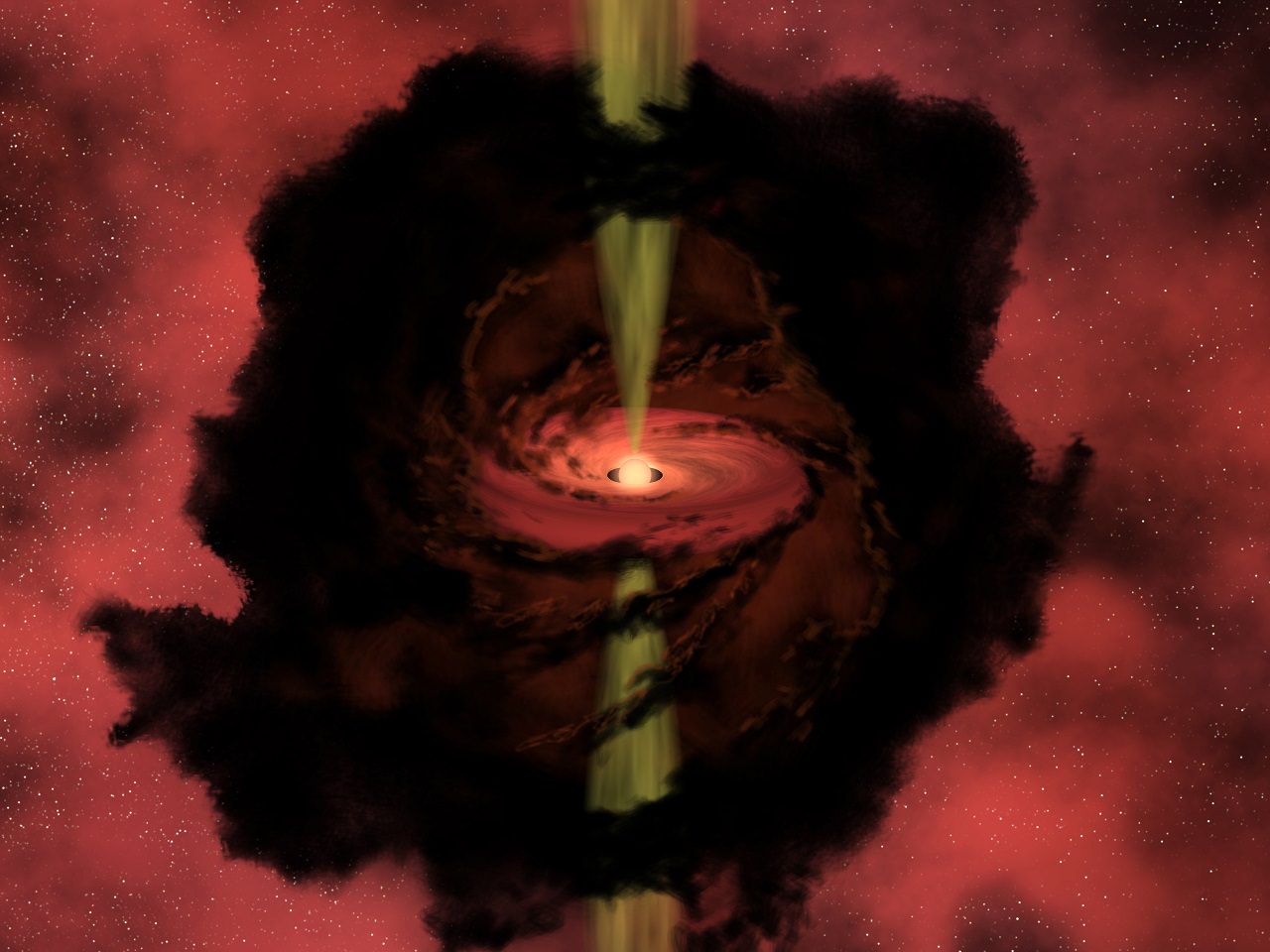Stars are born in private. Hidden in dust and gas clouds, these bright beacons in the universe slowly coalesce. All that debris makes it hard to spot the stars, but mapping out the pockets of starbirth is a good start to understanding what is going on inside.
A new survey tracked down 6,000 of these areas in our galaxy (the Milky Way), with the aim of understanding more about what happens when stars are just starting to come together. Most surveys, the team says, focus more on the “protostar” stage, when these objects are starting to look recognizably like stars.
“Starless clumps have only been detected in small numbers to date,” stated Yancy Shirley, an astronomer with the University of Arizona’s Steward Observatory who led the research. “Now, for the first time, we have seen this earliest phase of star formation, before a cluster actually forms, in large numbers in an unbiased way.”

These areas are difficult to peer through in visible light, but radio works just fine. The astronomers used the Sub-Millimeter Telescope at the Arizona Radio Observatory to conduct the survey, which looks at “all parts of the galactic plane visible from the northern hemisphere”, the team says.
It’s the first survey to show the environments where different stages of starbirth take place. While the team did not immediately disclose their plans for a follow-up in a press release, they state that one aim of mapping these areas is to “better understand how the properties of these regions change as star formation progresses.”
Read all about the survey in The Astrophysical Journal, or the preprint version on Arxiv.
Source: University of Arizona

